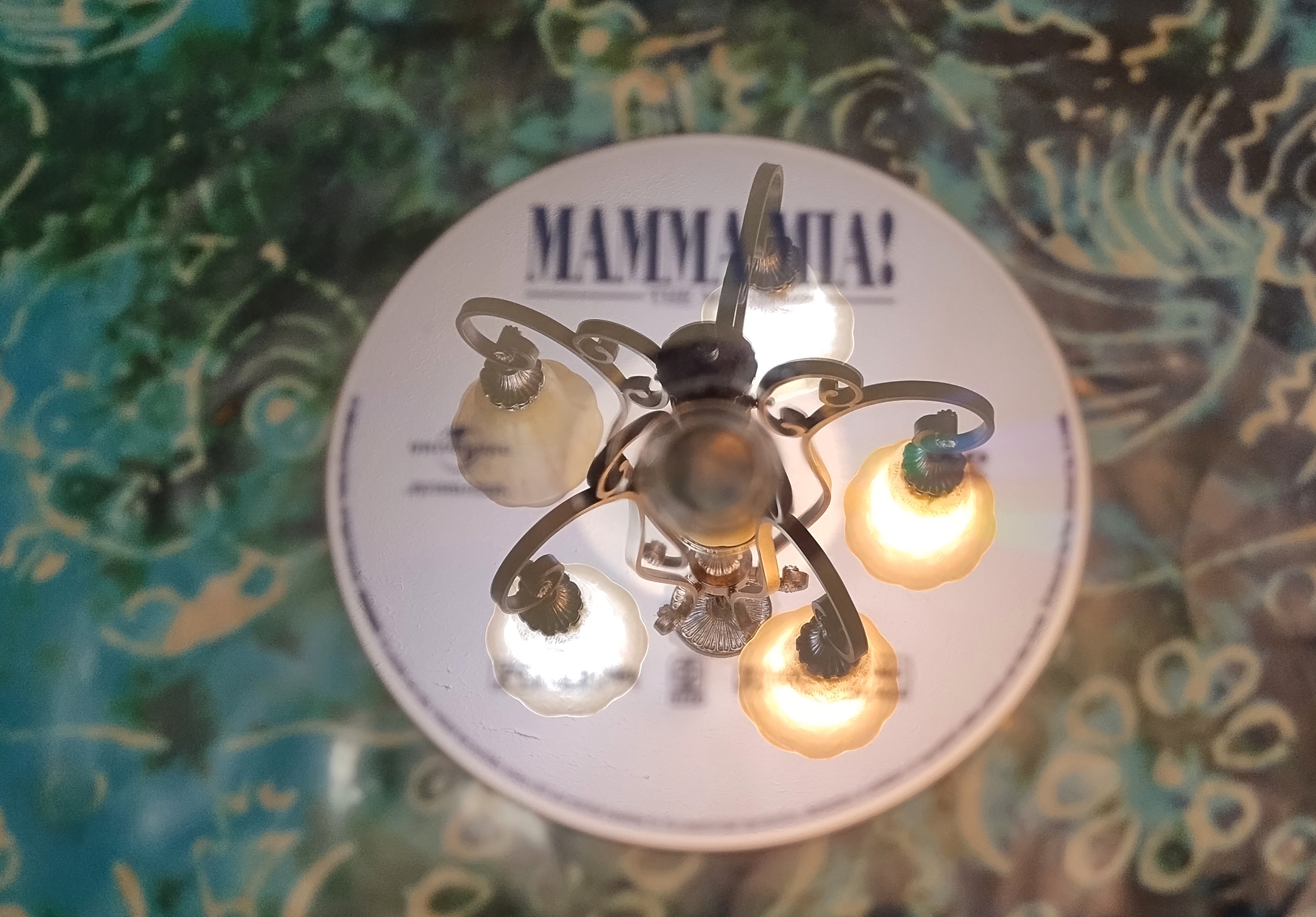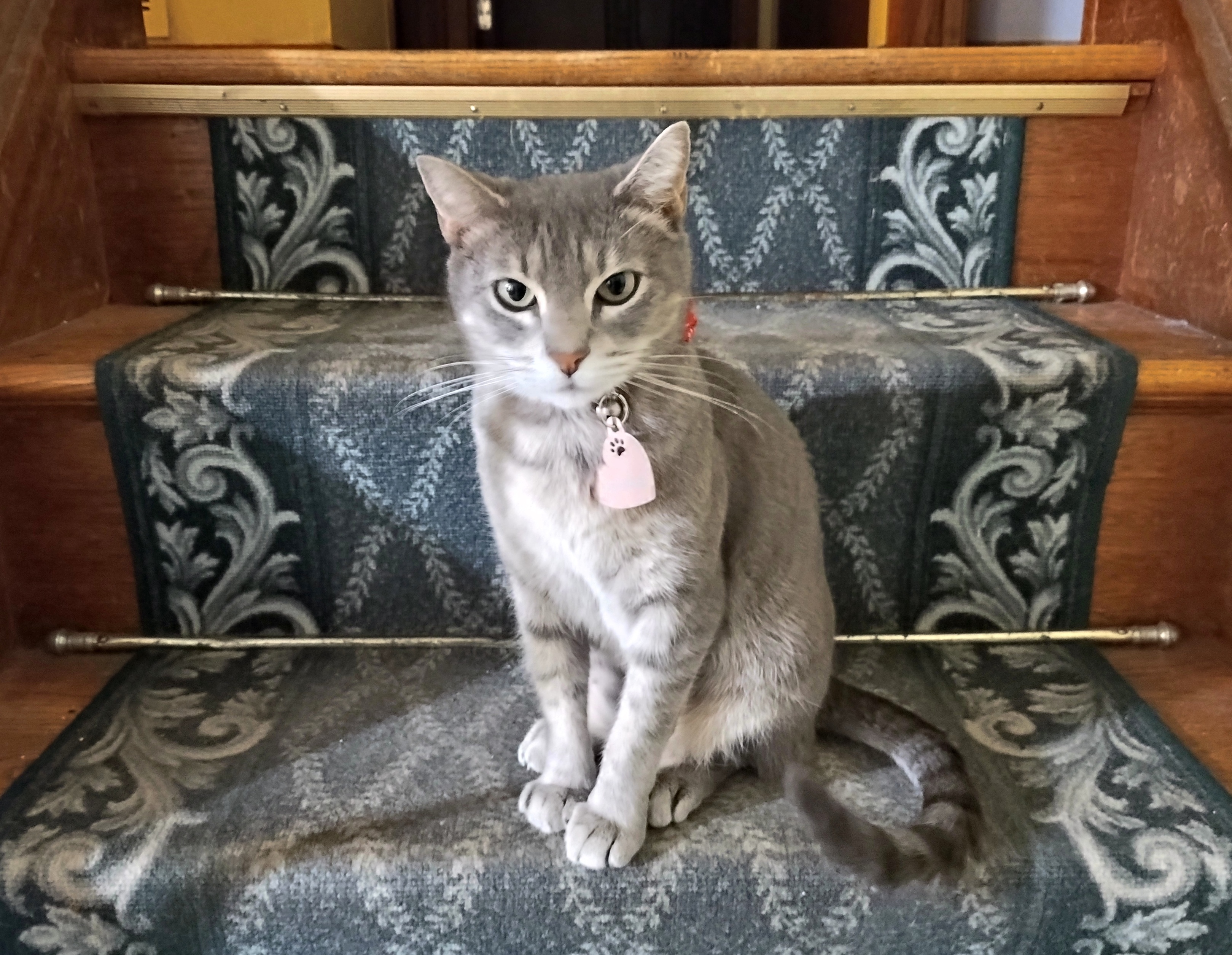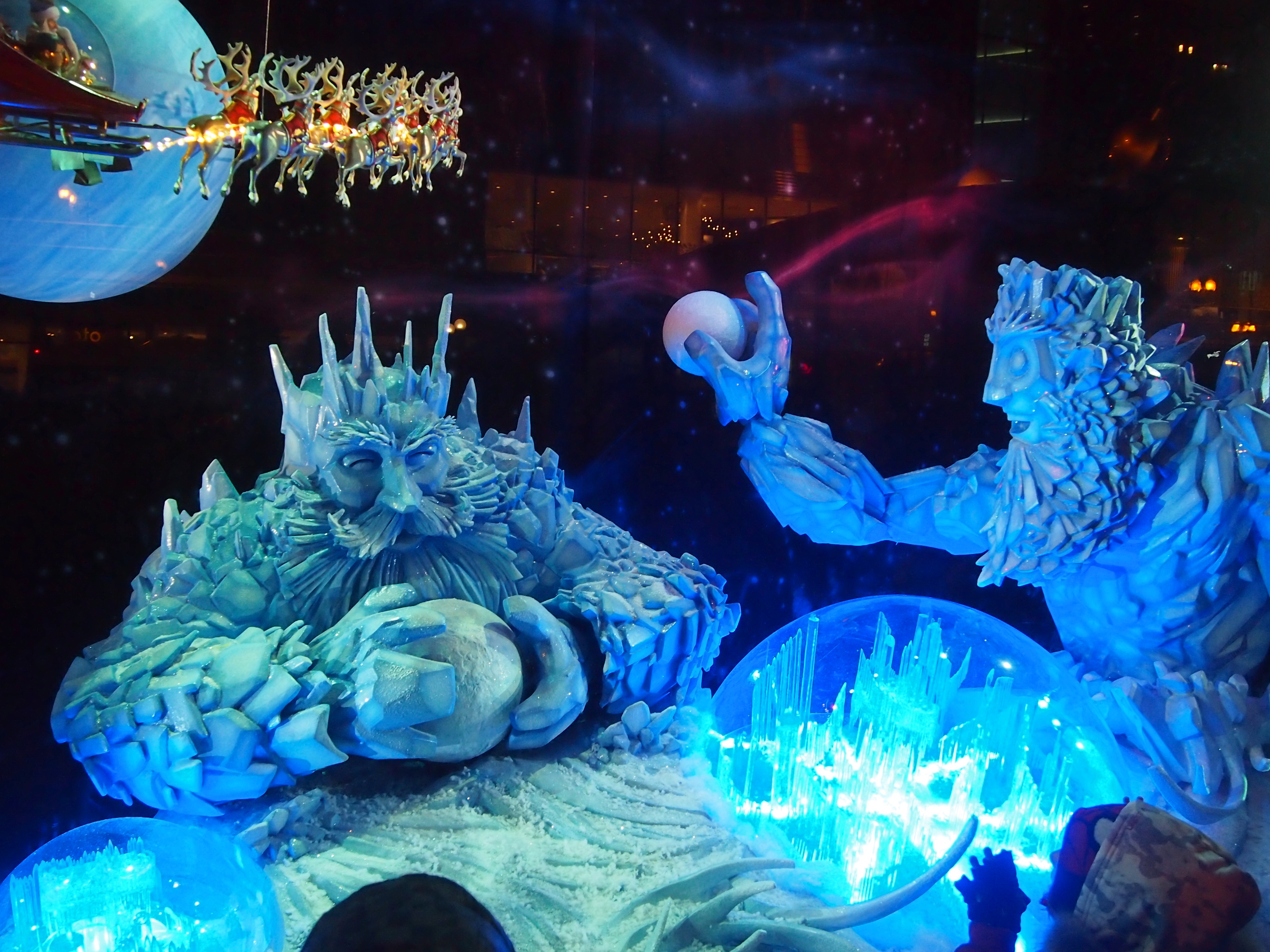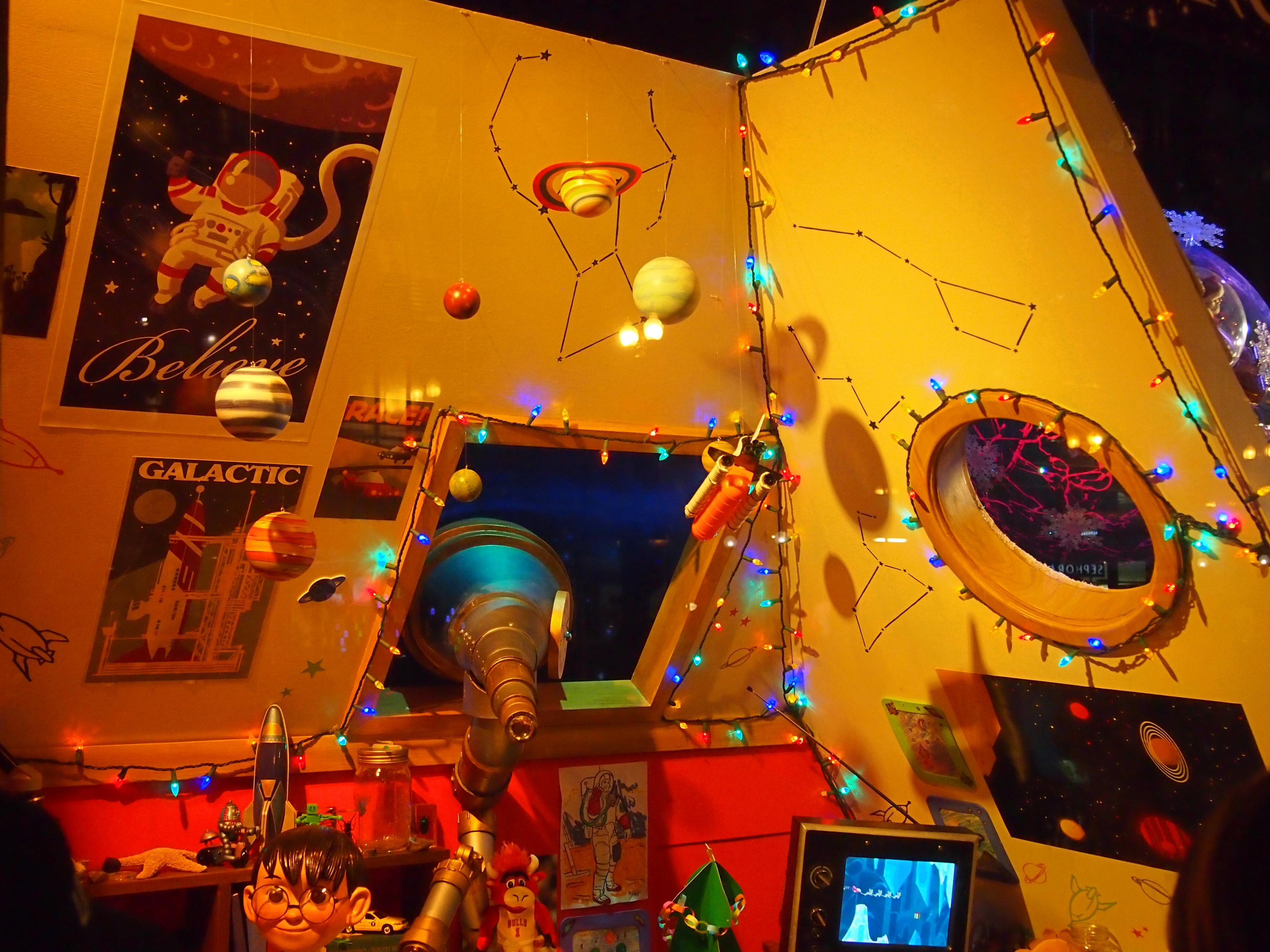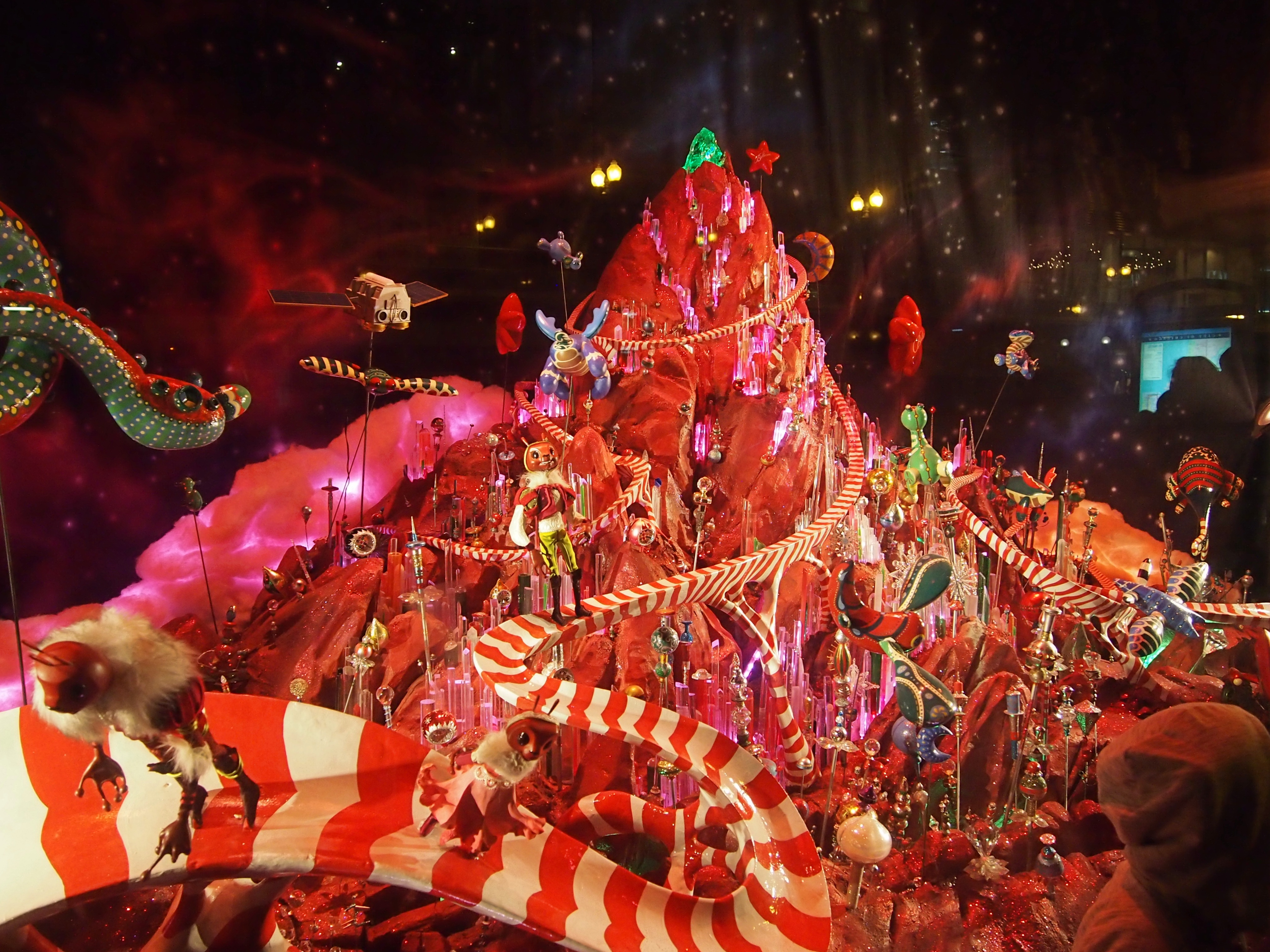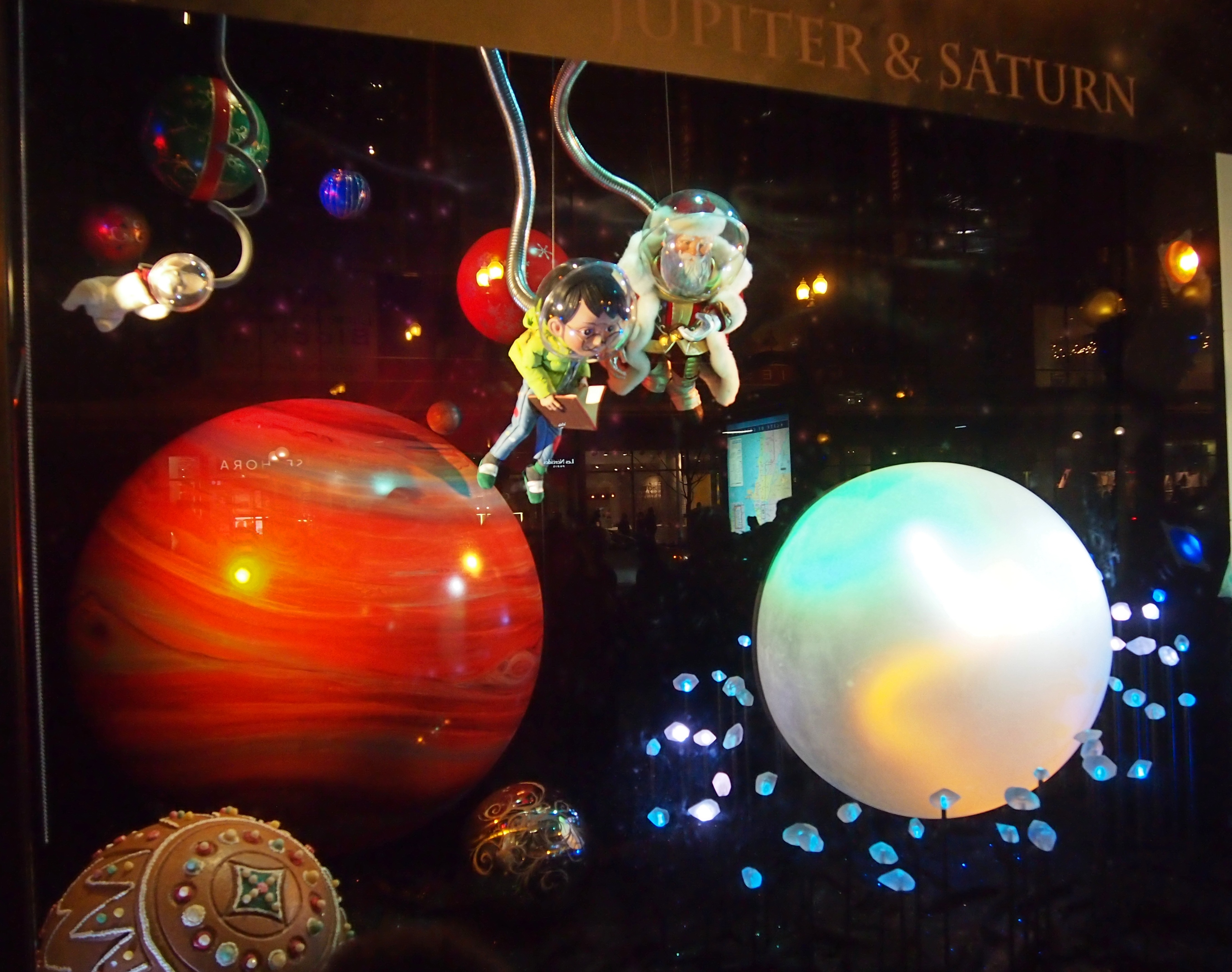The other day, I wanted to know the place associated with an area code I didn’t know, so I put the numbers into the search engine and as soon as I typed the letter “a” – planning to put in “area code” – it immediately auto-suggested “angel number” and only second “area code.”
Angel number?
It’s a minor curse (sometimes) to be as curious as I am, since that represented the entrance to an enormous rabbit hole. Not only that, a fairly stupid one, too. In I went, until it got too stupid, which wasn’t long.
That authoritative source that is Cosmopolitan tells us: “Repeating numbers (like 111) or numbers that appear in a significant sequence (like 1234) do mean something, and they’re referred to as ‘angel numbers.’
“Whenever you spot an angel number at a crucial moment in time… you can be sure an angel just dropped you a wink and a kiss. Angel numbers are a sign from the divine (whatever you call it — God, a source, your higher self, the universe, etc.) that you’re on the right track.”
According to the writer of the Cosmo item, one Jaliessa Sipress (which I have to say is a wonderful name), angel numbers can show up anywhere as you wander your way through this uncertain world, such as on license plates, house numbers, even retail receipts.
Jaliessa helpfully explains what some of these numbers mean. Such as 111, which “signifies that things in your life are coming into divine alignment,” or 333, which is “associated with femininity, creativity, and intuition.”
That infamous number 666 apparently has a bad rap, being associated with the Antichrist and all. As an angel number, she says, it is more benign: “The spiritual meaning of 666 is an encouragement to refocus. Seeing 666 tells you to pay closer attention to any fixation you currently have on earthly problems and details,” she says in a separate, linked article about that specific number.
Her bio line says: “Jaliessa Sipress is an Astrologer, writer, and artist committed to making spirituality and self-care simple. Her focus is on life-purpose and cultivating mental and emotional clarity to create lasting change in all areas of life.”
Damn, is it too late in my life to become an Astrologer, with capital A? No! I can discover hidden truth with the best of them. After a spot of mediation under my aura, I even know what some other angel numbers mean. Such as:
2525 – this angel number should make you reflect on the big picture, such as whether man is still alive, or woman can survive. Other similar numbers are 3535, 4545, and on up to 9595, which should inspire you to reflect on how men take everything you give and don’t put back northing.
5440 – this number means that the angels are telling you to fight for what is yours – or take what belongs to someone else, whatever.
31415 – the angels are telling you to eat more pie.
1234 – a wink from the angels that it’s OK not to set a new password.
Also, one doesn’t have to rely on mere wandering around to get an angel number. Google “Angel Number Generator” and see what I mean. Those many sites, which first ask for a name and birthdate, don’t seem to be asking phishy questions at all, no sir.
A twist to the angel number story: the woman who invented them – that is, tapped into a free-flowing vein of numerology to uncover their true significance – later said she made it up and discovered she could sell books about it, according to The Cut. One of the article’s comments sums things up nicely. Commenter sarah.kg noted: So you’re telling me this obviously made up thing… was made up?!












